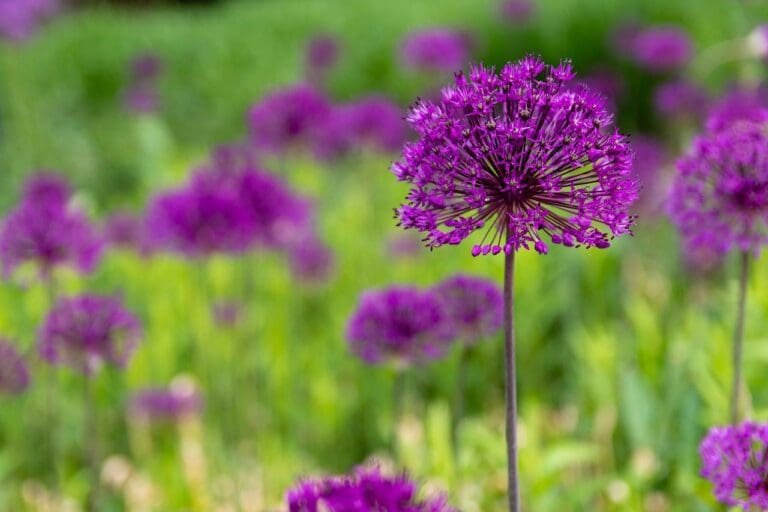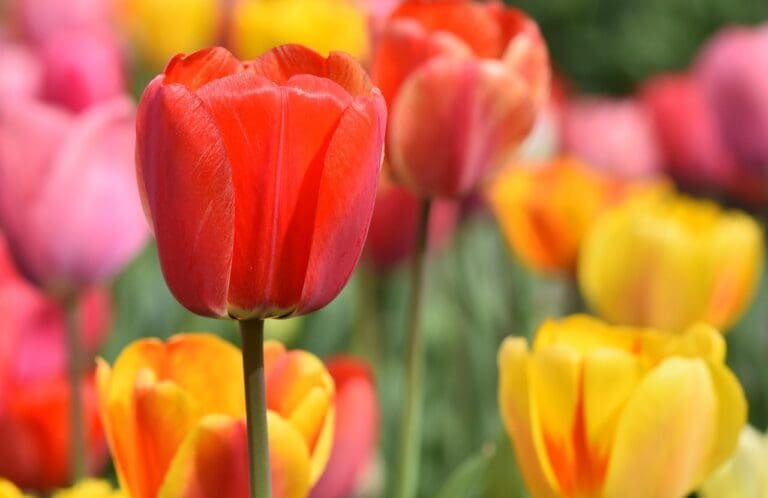As winter retreats, the month of March ushers in a spectacular array of blossoming plants in the UK, adding a vibrant splash of colour to your garden and setting the stage for the rest of the year. This post will guide you through some of the best plants for March, helping you add colour and interest to your garden during early spring.
Top Tip: To enjoy colour and interest all year round, select a variety of plants with different flowering times to ensure there’s always something in bloom.
Affiliate Disclaimer: As an Amazon Associate, I earn from qualifying purchases.
You might also be interested in: Flowering Plants For Every Month
1. Forsythia (Forsythia x intermedia)

Forsythia is a vibrant addition to any garden, boasting brilliant yellow flowers that stand out against its arching branches. The flowers bloom before the leaves, adding a splash of early spring colour when many other plants are still dormant.
Growing forsythia is a breeze; they’re quite hardy and adapt well to various conditions. They prefer full sun but can tolerate some shade, and while they can handle most soil types, a well-draining soil is ideal. Don’t forget to prune them after flowering to keep them in a suitable shape.
2. Daffodils (Narcissus)
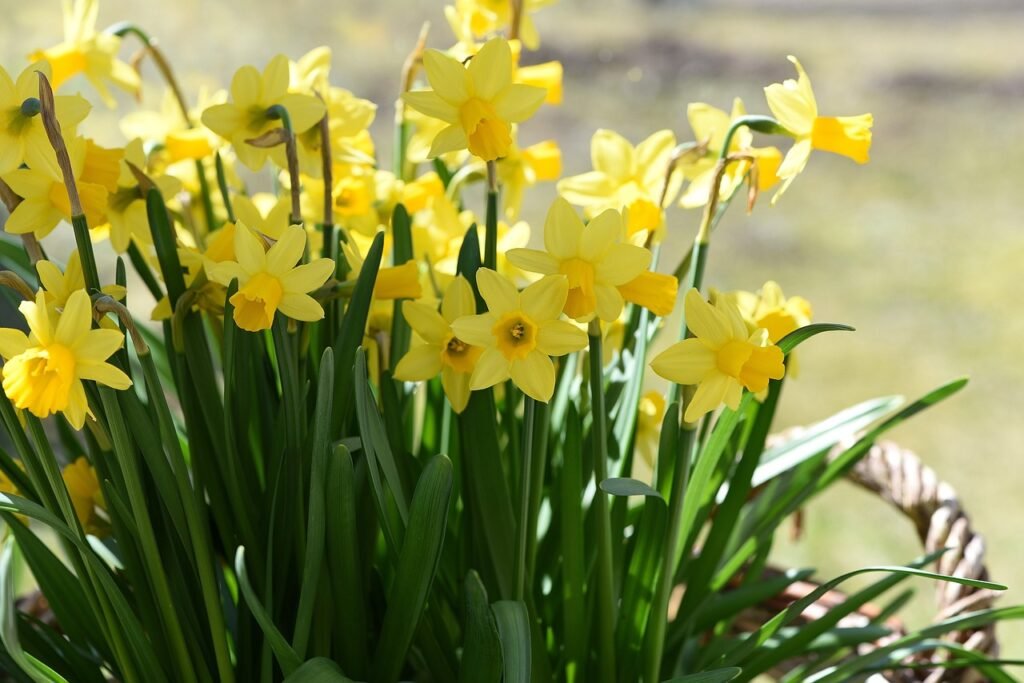
Daffodils, or ‘narcissus’, are a quintessential sign of spring in the UK. These perennials boast cheery yellow or white trumpet-shaped flowers atop sturdy stems, standing tall amidst grassy, slightly bluish leaves.
Daffodils prefer a sunny location with well-drained soil. They are quite forgiving and can also tolerate light shade. Plant them in the autumn, and by March, you’ll have a spectacular spring show.
3. Pulmonaria Lungwort (Pulmonaria officinalis)
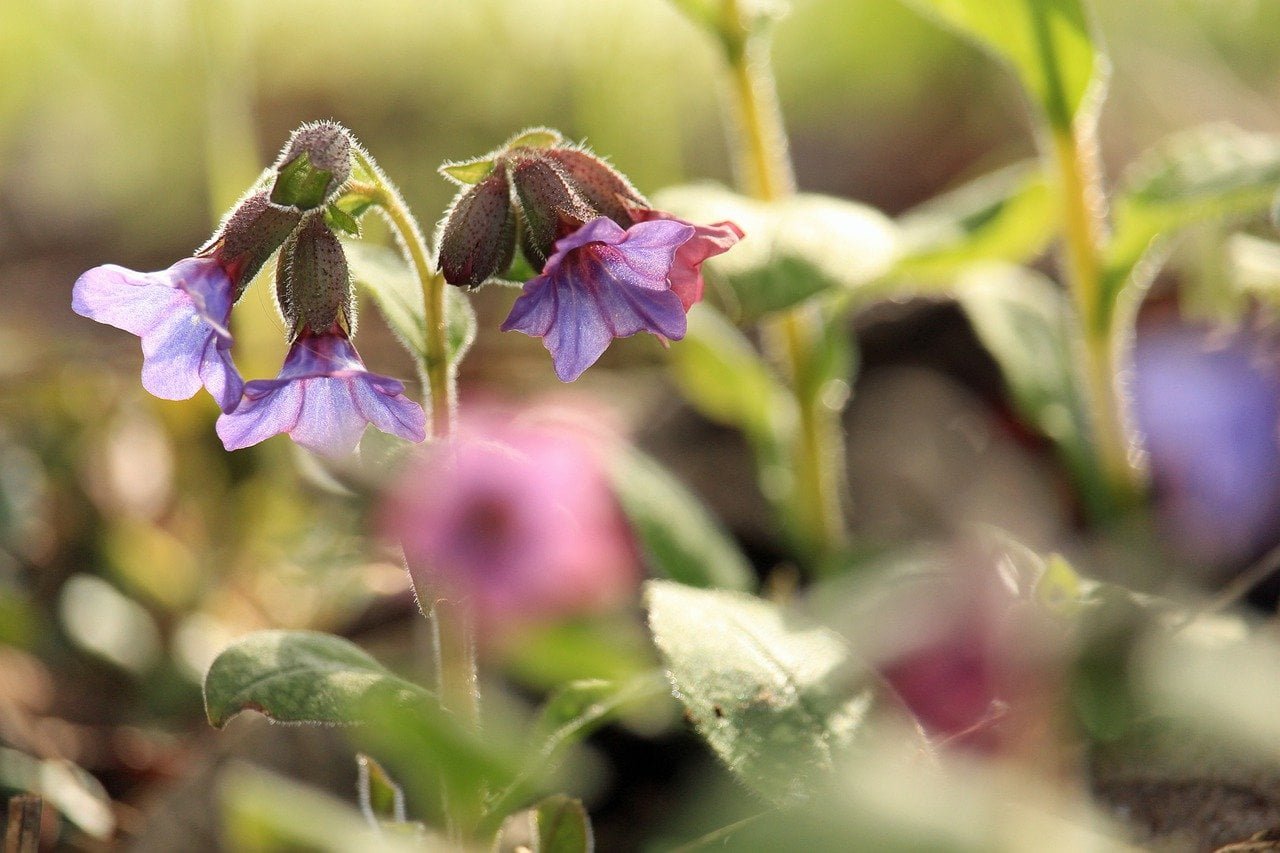
Pulmonaria Lungwort is a striking perennial with clusters of bell-shaped flowers that change colour as they mature, transforming from pink to blue-violet. Its leaves are equally impressive, often featuring silver or white spots.
It thrives best in partial shade and enjoys moist, well-drained soil. Although it can cope with drier conditions once established, it prefers to keep its ‘feet’ slightly damp, making it a perfect addition to woodland or cottage-style gardens.
4. Hellebores (Helleborus)
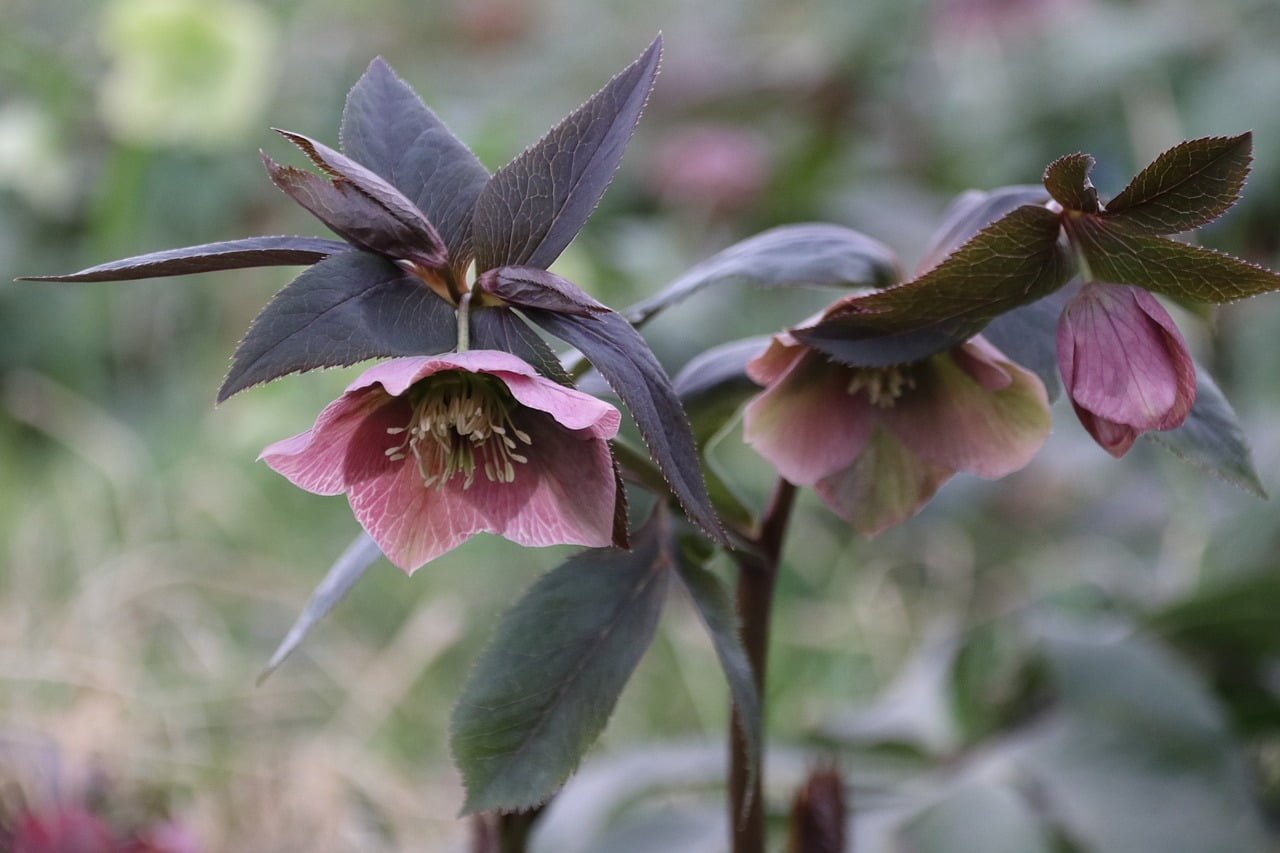
Hellebores, also known as the Christmas or Lenten rose, are winter-hardy perennials. They produce elegant, cup-shaped flowers in a range of colours from white and pink to deep purple and even near-black.
These plants prefer a sheltered location in partial shade, ideally under deciduous trees where they can enjoy winter sunlight but summer shade. They favour a rich, well-drained soil, and will reward you with blooms from late winter to early spring.
5. Magnolia (Magnolia)
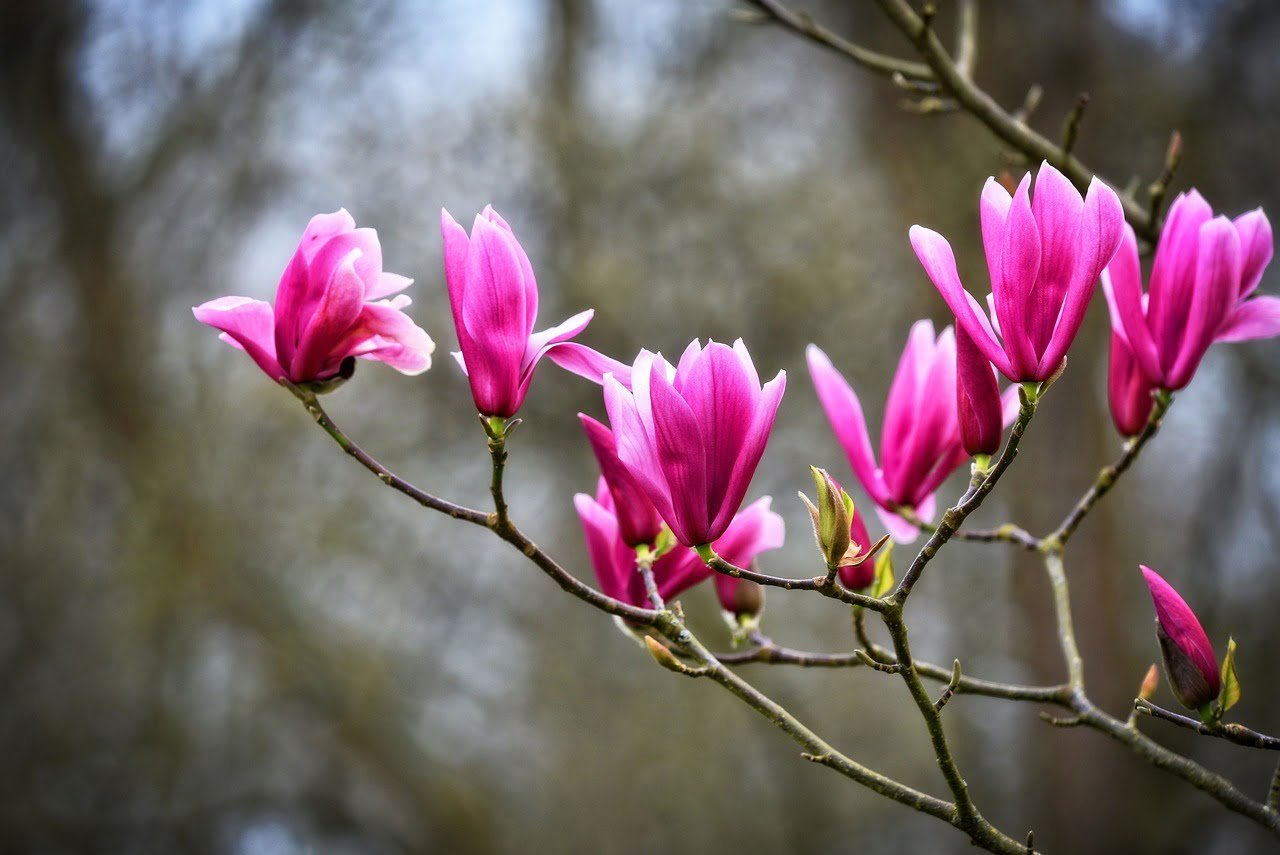
Magnolia trees are a real treat in March, with their impressive display of large, fragrant flowers in white, pink, or purple. The flowers appear before the leaves, creating a dramatic floral display against the bare branches.
They prefer a spot in full sun or partial shade and thrive in well-drained, neutral to slightly acidic soil. Magnolias do not like to be moved once planted, so choose your spot carefully!
6. Crocuses (Crocus)

Crocuses are a joy to see in early spring, providing pops of colour with their cup-shaped flowers. These can be in shades of purple, yellow, or white, often with a contrasting bright orange pistil.
Crocuses prefer well-drained soil in full sun or light shade. They are perfect for naturalising in lawns or planting in rock gardens or containers. Ensure to plant the corms in autumn, and by March, these early risers will be in full bloom.
7. Snowdrops (Galanthus)
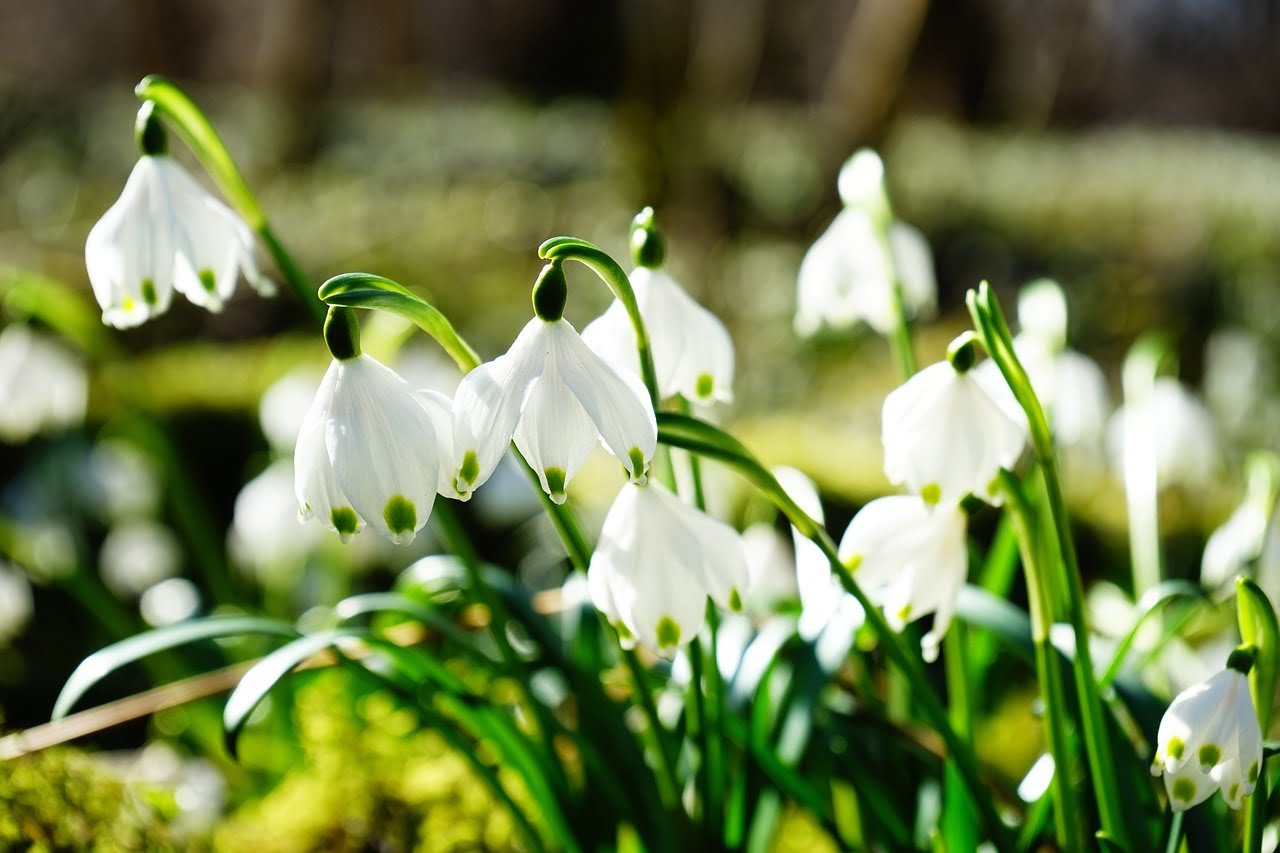
Snowdrops are charming early bloomers, featuring delicate white, teardrop-shaped flowers that hang gracefully from their stems. Their narrow, bright green leaves add to their elegant look.
They are woodland plants, so they enjoy a location with partial shade and humus-rich, well-drained soil. Snowdrops are perfect for naturalising under deciduous trees or shrubs and will often multiply over time, creating a beautiful ‘carpet’ of white in early spring.
8. Hyacinths (Hyacinthus)
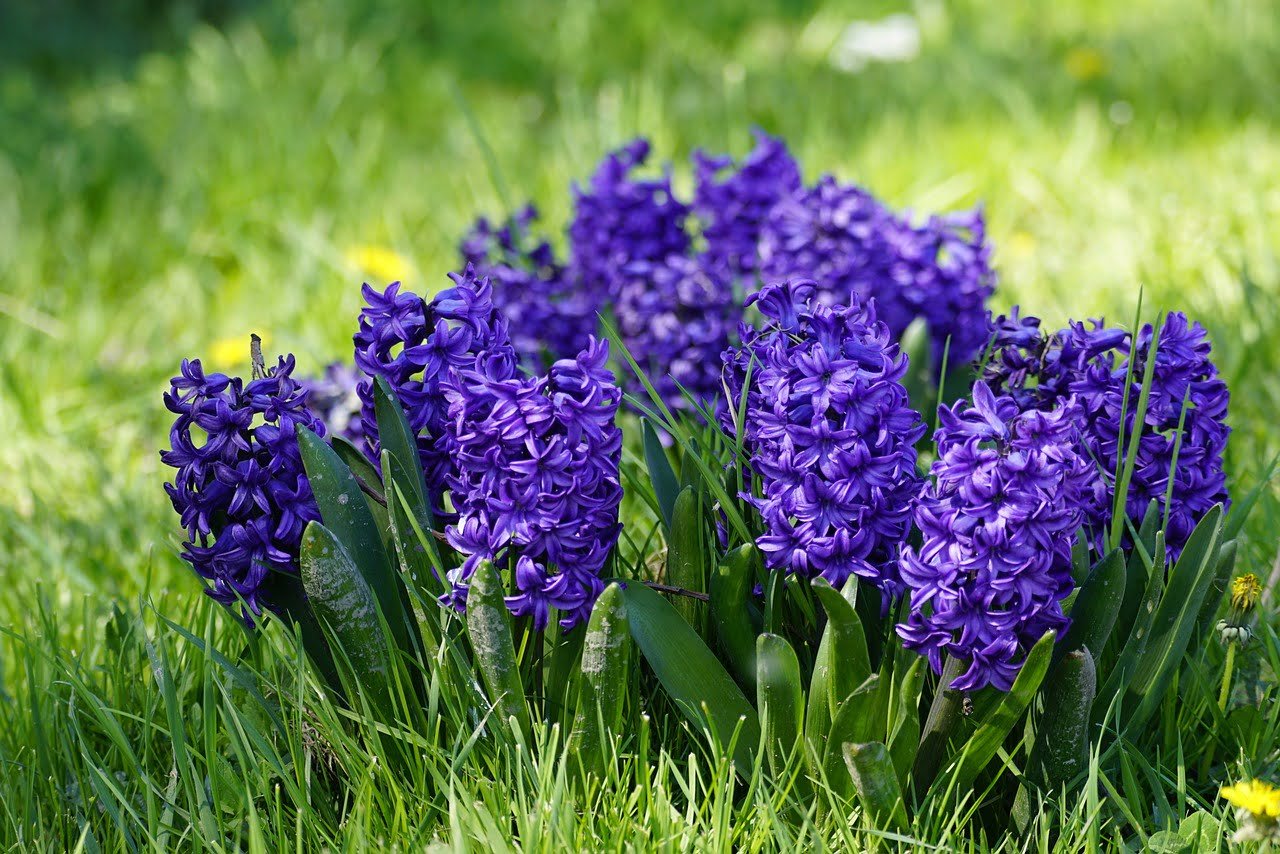
Hyacinths are loved for their clusters of star-shaped flowers and their sweet, intoxicating fragrance. They come in a variety of colours, including pink, white, purple, and blue.
These bulbous perennials favour a sunny or partially shaded spot with well-drained, moderately fertile soil. They make excellent bedding plants and are also ideal for container growing. Remember to plant the bulbs in the autumn to enjoy their perfumed blooms in March.
9. Camellia (Camellia japonica)
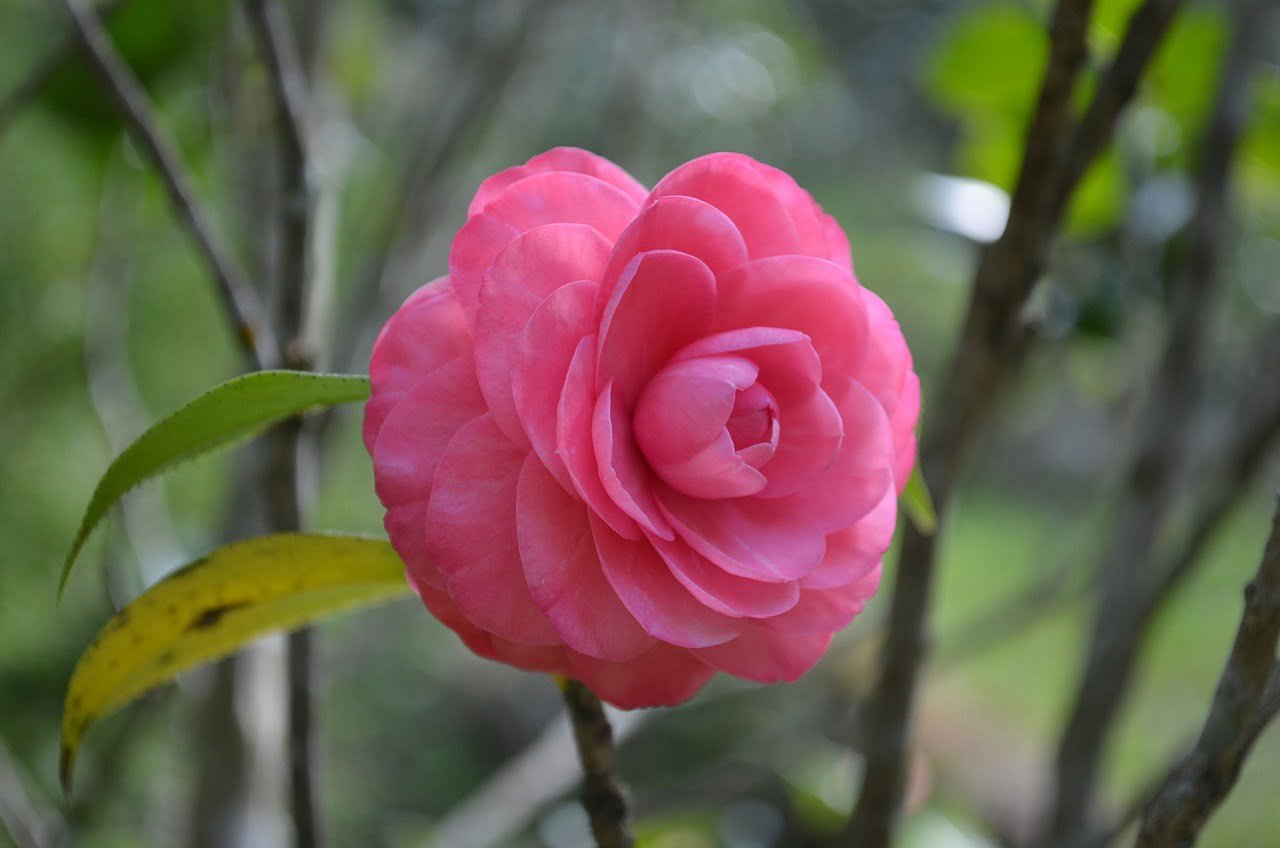
Camellia is a stunning evergreen shrub that puts on a show in early spring. It features glossy, dark green leaves and large, roselike flowers in white, pink, red, or even bicolor.
Camellias prefer a sheltered spot in partial shade with acidic, well-drained soil. They’re sensitive to extreme temperature fluctuations, so avoid planting them in eastern exposures where morning sun can damage the flowers following a frosty night.
10. Cherry Blossoms (Prunus serrulata)
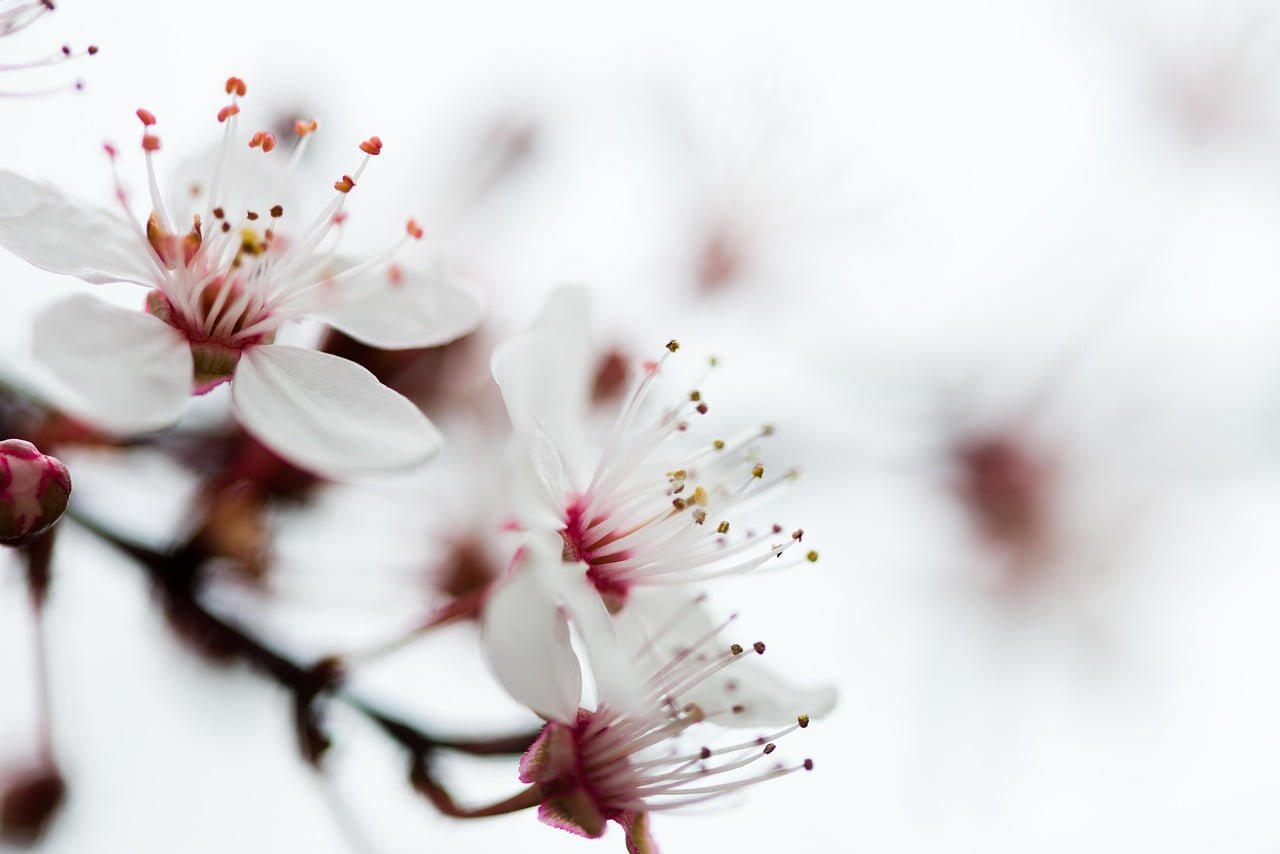
Cherry Blossom trees, or ‘Sakura’, are a magnificent sight in spring. Their branches are laden with delicate pink or white blossoms, creating a cloud-like effect that’s simply breath-taking.
They need a sunny, sheltered location and deep, well-drained soil. These trees can be quite sizeable, so ensure you have enough space. Their spectacular spring display is well worth it, though, bringing a touch of Japanese beauty to your garden.
You might also be interested in: The Best Trees for Small Gardens
Final thoughts
In conclusion, March is a truly enchanting time in the UK, with gardens coming alive with a host of beautiful, vibrant blooms. Each of the plants listed here has its unique charm, and combined, they can transform your garden into a colourful, fragrant haven.
It’s important to understand the individual needs of each plant in terms of sun, soil, and water, but equally important is thinking about the bigger picture: a garden that offers year-round interest. By carefully selecting and scheduling your plants, you can create a continuous display of colour and beauty throughout the seasons.
FAQs – Best Plants for March
Q: What are the first flowering bushes of spring?
Some of the first flowering bushes to announce the arrival of spring include Forsythia, with its vibrant yellow blooms, and the elegant Camellia, known for its large, rose-like flowers. Magnolia trees also put on a magnificent show in early spring.
Q: What flowers in UK springtime?
The UK springtime sees a variety of flowers coming into bloom. Some of the most common include Daffodils, Crocuses, and Hyacinths. Hellebores and Snowdrops are also popular, often starting to flower in late winter and continuing into spring.
Q: What bulbs flower in March?
March is a fantastic time for bulb flowers in the UK. Daffodils and Crocuses are two of the most iconic March bloomers. Hyacinths also put on a show in March, boasting clusters of star-shaped flowers and a lovely fragrance.


